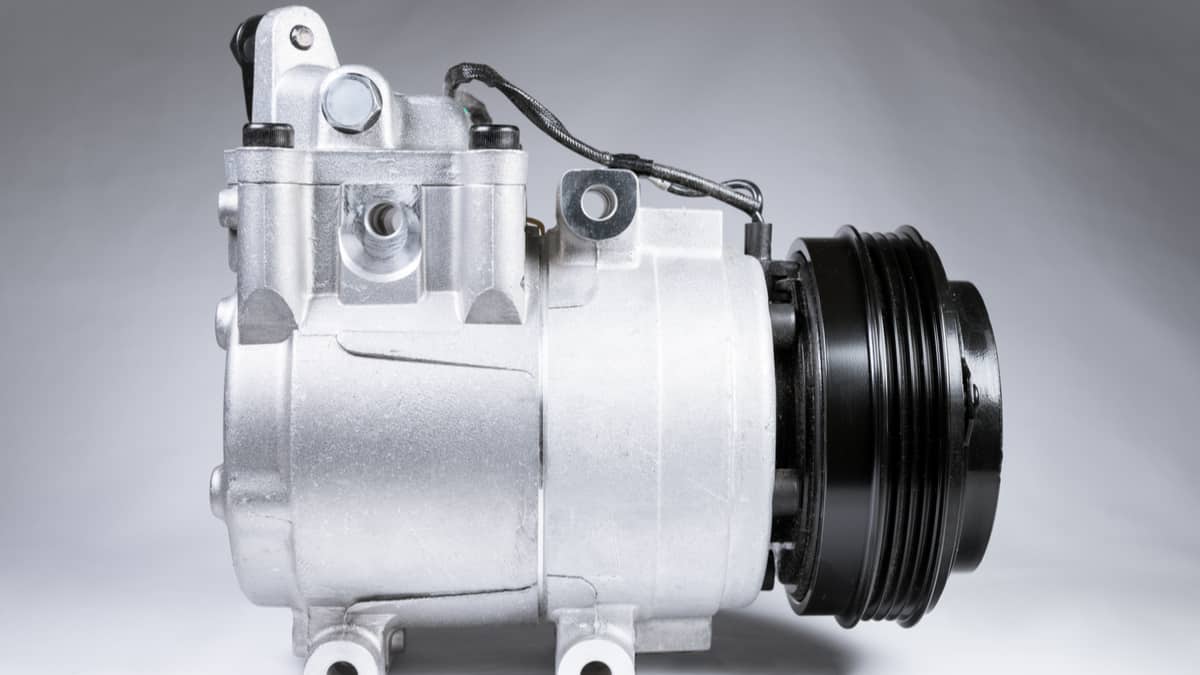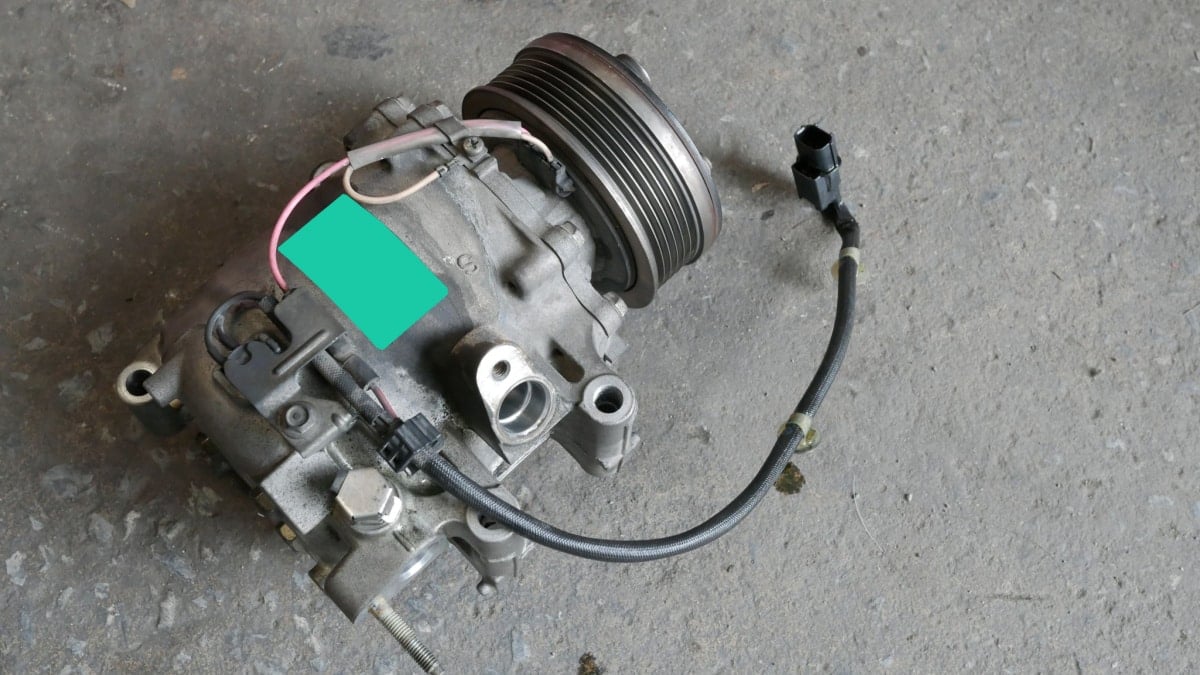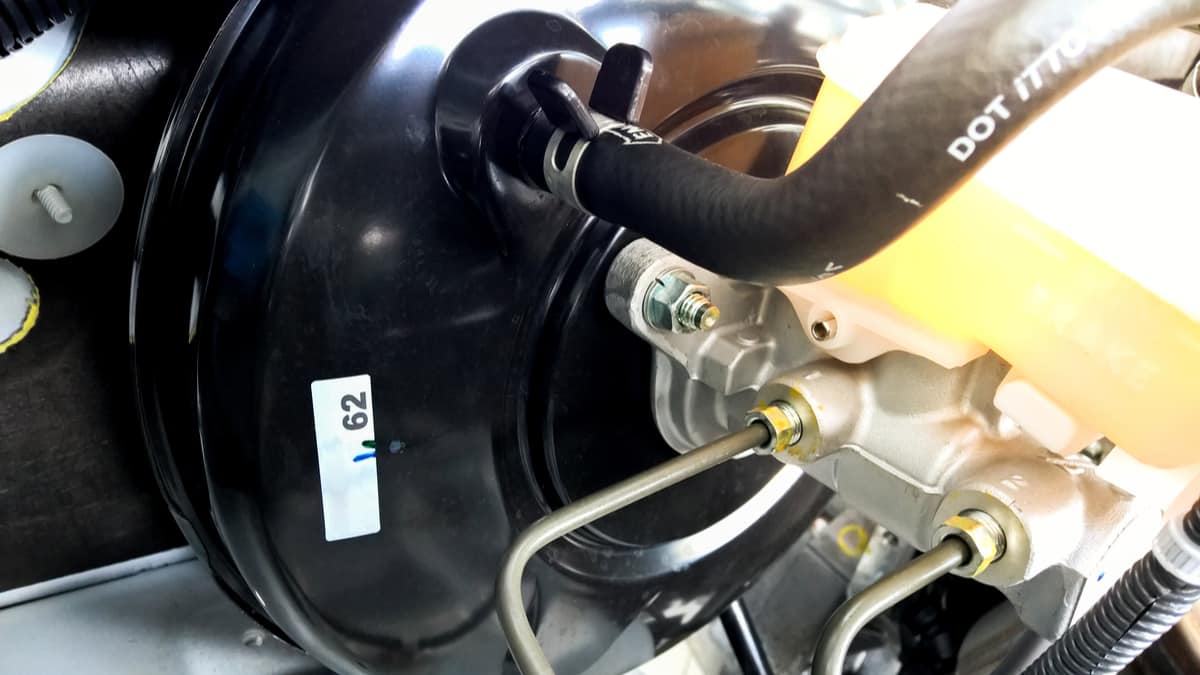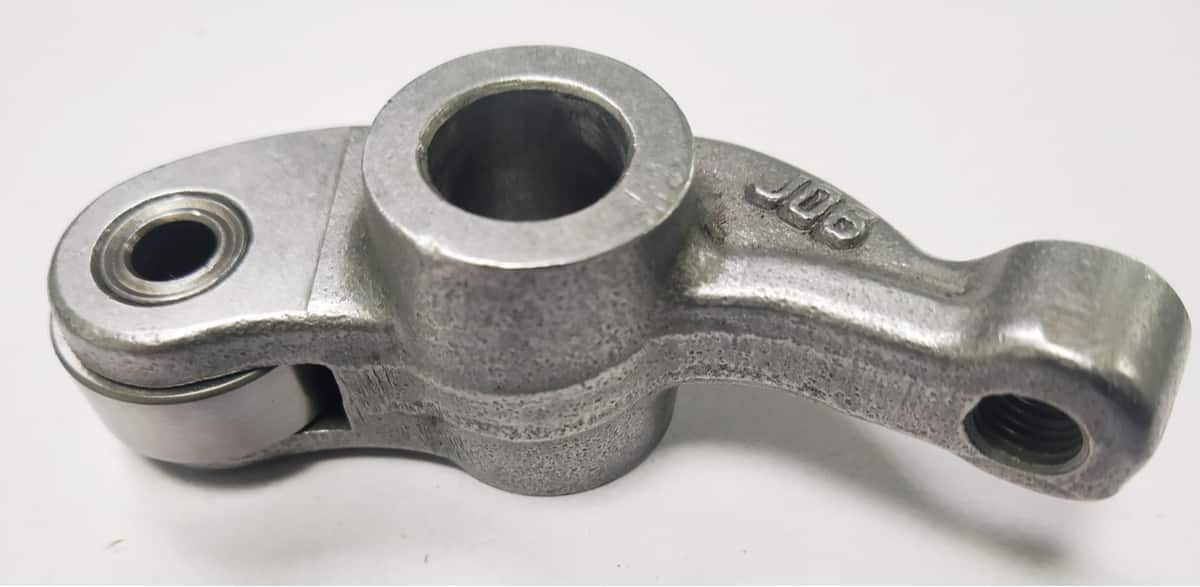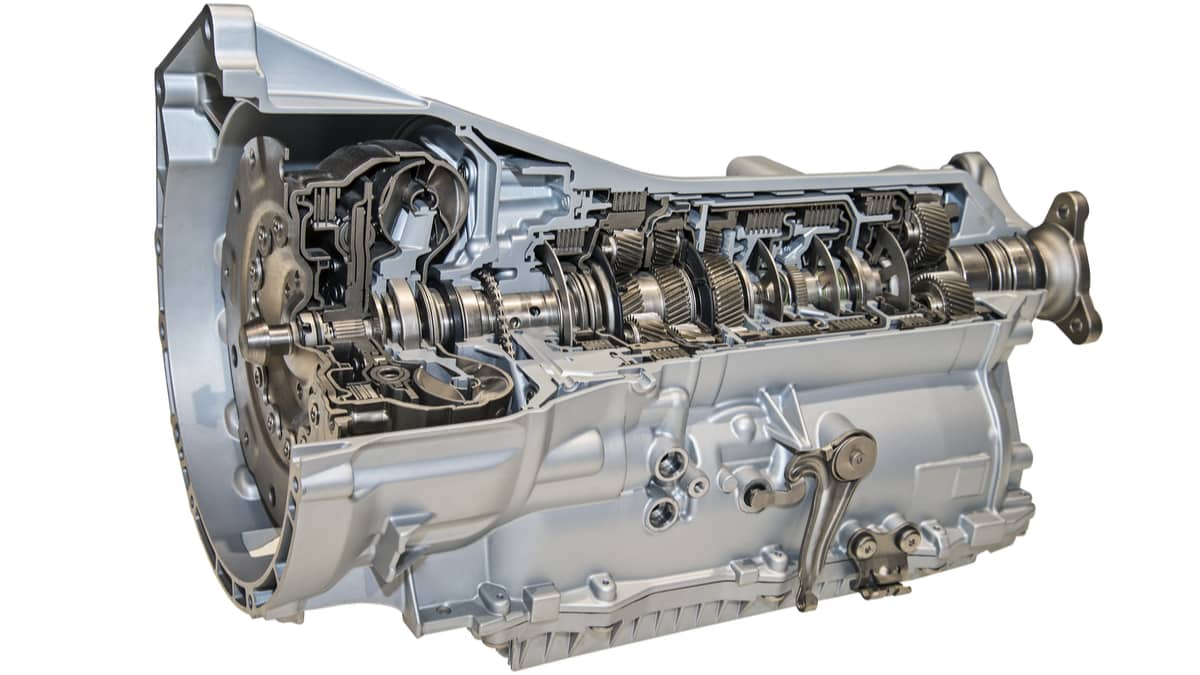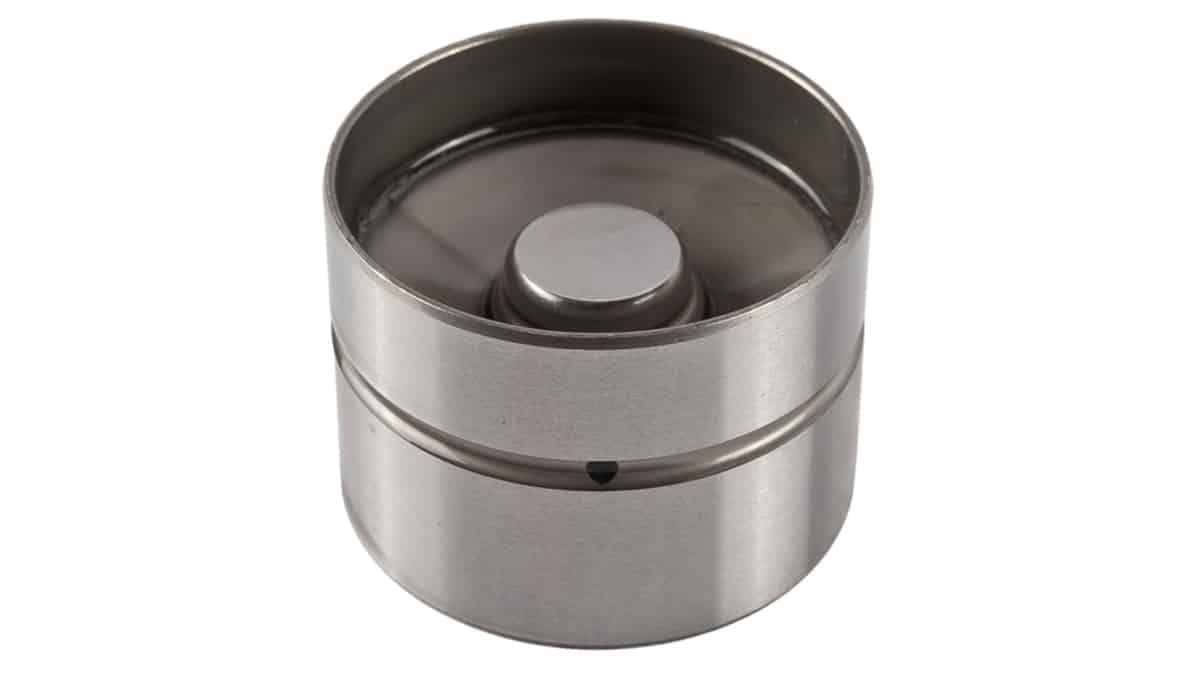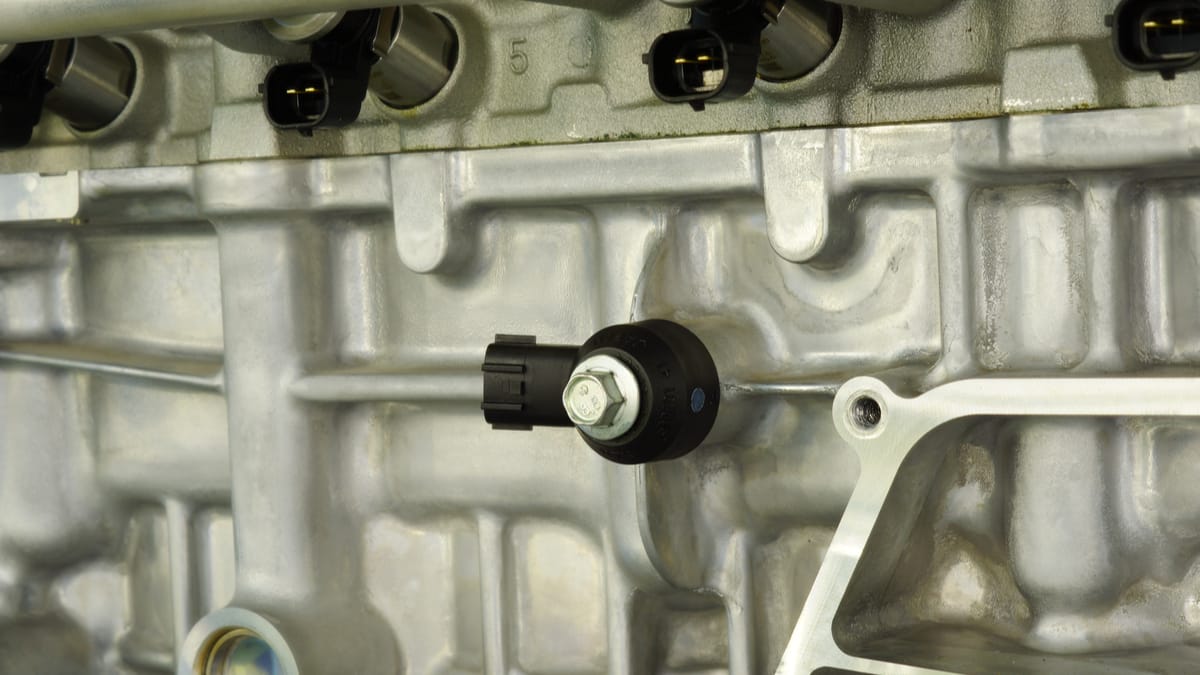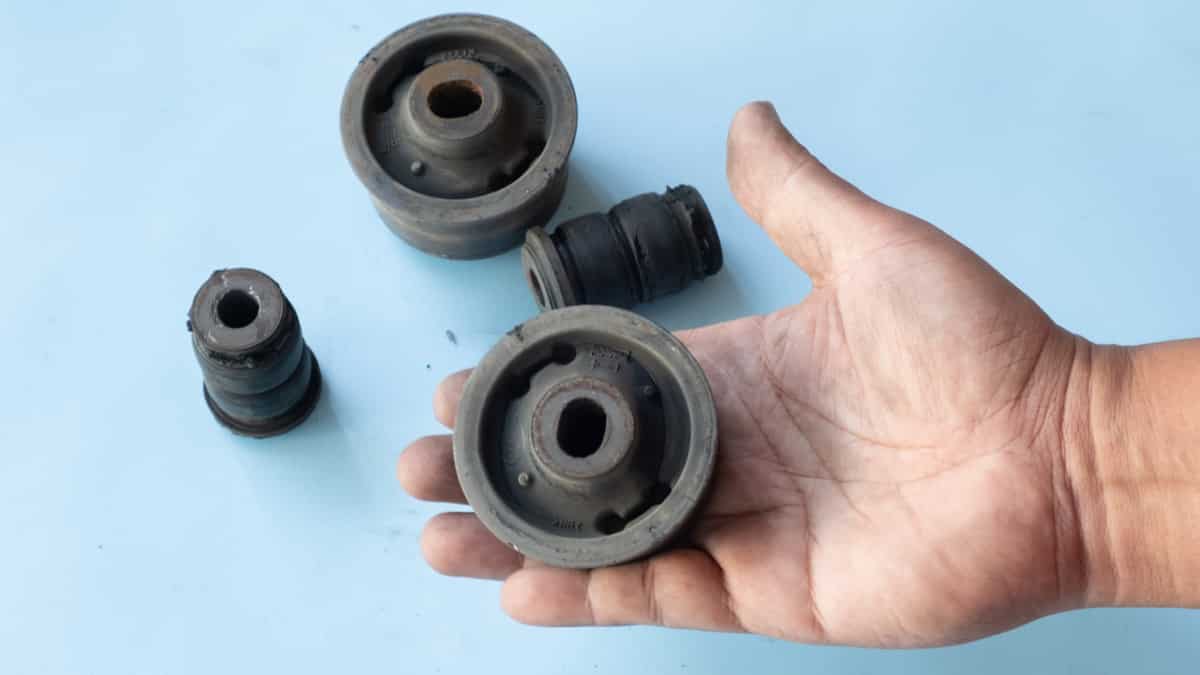If you live in a hot country, you know the importance of having a functional A/C system in your car.
Unfortunately, the AC system contains many different parts, which means there are many parts that can fail.
How do you know if the AC compressor is the one to blame when your AC system isn’t blowing cold air anymore? Let’s find out! I will begin with a quick overview of the signs to look for.
Symptoms Of A Bad AC Compressor
The most common symptom of a bad AC compressor is warm or fluctuating air-conditioning temperatures. You may also hear noises coming from the AC compressor if you open the hood. In some cases, you can also see refrigerant leaks around the compressor.
Here is a more detailed list of the signs of a bad or failing AC compressor to look for:
1. A/C System Blows warm air

This may seem like an obvious first choice on the list. However, there are a number of things to look out forif your A/C stops working which could point to a bad compressor being at fault.
If your vehicle indicates that your A/C should be on (usually by a little light on the A/C button), but you don’t feel a temperature change, this could point towards a faulty compressor.
A good way to check if your compressor is at fault here is to check your A/C compressor’s power feed. The compressor will usually have a 2-pin connector situated on the exterior of the body. As the vehicle is running and the A/C is switched on, you should have a live feed going to the pump.
If your compressor has the correct feeds to it, but still isn’t working, this would suggest a faulty A/C compressor.
2. Noise From AC Compressor

As you can imagine, when the compressor’s clutch is engaged, the internals of the pump are working incredibly hard to keep up with the demand.
Once the bearings and other metallic components start to wear and become noisy inside the compressor, you will usually begin to notice a harsh grinding noise coming from the engine.
A good way to determine if it’s your compressor that’s making this noise is to try switching your A/C on and off and listen out for any changes in the grinding noise.
If you notice that the noise disappears when the pump is switched off, this would indicate that your compressor’s internals have worn and will require the unit to be replaced.
3. Compressor Clutch is not moving
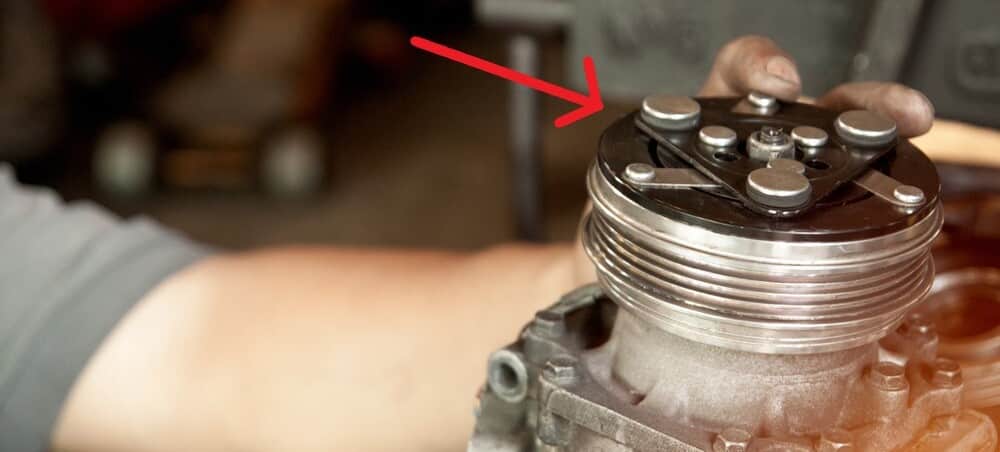
Most ac compressors’ pulleys consist of two parts. The inner pulley will spin at all times with the engine without turning the axle into the compressor. It also has an outer clutch on this pulley which is engaged when the AC compressor should start.
If this clutch has failed, it will not engage and turn the compressor axle. An absence of electrical power can also cause this symptom, though, so it needs to be diagnosed properly.
This is more a sign of a bad ac compressor clutch rather than a bad ac compressor, though. However, if the ac compressor clutch is bad, you often have to replace the compressor.
Newer cars mostly use variable AC compressors, which means they spin all the time and do not have this clutch.
4. Burning Rubber smell from the engine bay

If you notice a burning rubber smell from the engine bay when you try to turn on the AC, it can mean that the AC compressor is seized and that the serpentine belt will spin on the ac compressor pulley.
This will cause the serpentine belt to snap off quite quickly, though, so if you have been noticing it for a long time, there is most likely something else that is the wrong with your car.
5. Auxiliary Drive Belt Excessively Wearing
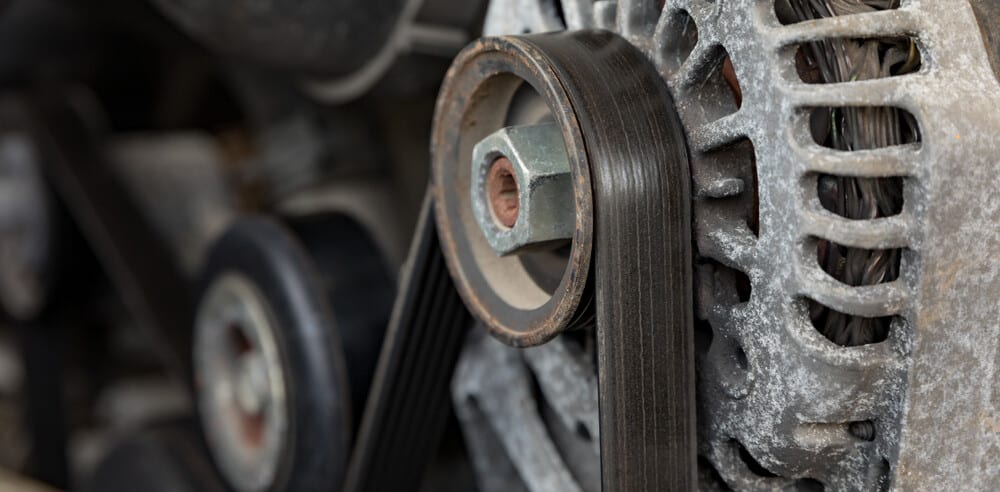
If you’ve had to replace your auxiliary drive belt recently, and have noticed that your new one has started to wear out quite quickly or is making a squealing noise, then it may be worth checking your A/C compressor’s pulley.
As your compressor’s pulley begins to wear out, it can develop excessive movement in its bearings that cause the pulley to run at varying angles. This movement will often cause snatching and grabbing of the rubber auxiliary drive belt, and cause it to wear out prematurely. The excessive movement can also give off a high-pitched squeal as the rubber belt rubs against the now unaligned pulley.
To determine if this is your problem, remove the auxiliary drive belt from the A/C compressor and physically check the pulley for any excessive free play. Some compressors allow their pulleys to be changed without replacing the whole unit, but unfortunately, this is rarely the case, and a worn pulley will often mean replacing the compressor itself.
6. Refrigerant Leak
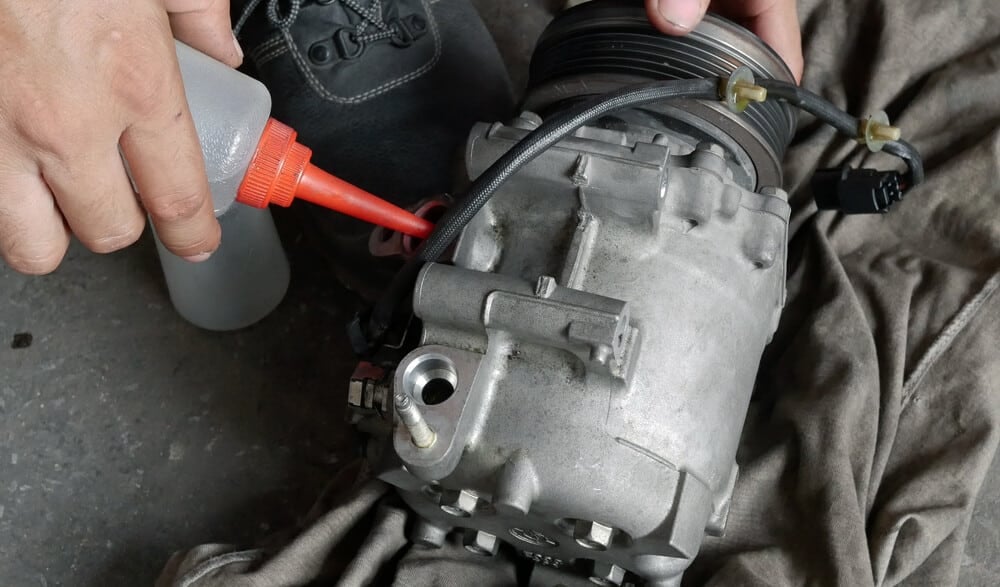
Your vehicle’s A/C system has sensors in place to determine how much refrigerant there is within the pipework. If your vehicle develops a leak on one of these pipes and loses its refrigerant, your lower pressure switch will detect this and stop your compressor from running to not damage it from running dry.
A refrigerant leak on a vehicle can often be difficult to find due to the inaccessibility of the components that you’re trying to assess. However, a good place to start if you’re looking for a leak is the compressor body itself.
If the compressor has begun to over compress the refrigerant due to an internal fault, it can cause excessive heat and pressure to build up within the compressor’s body, which in turn can cause its seals to burst. If the seals burst, the refrigerant will be released, and your A/C will stop working.
The Function of an AC Compressor
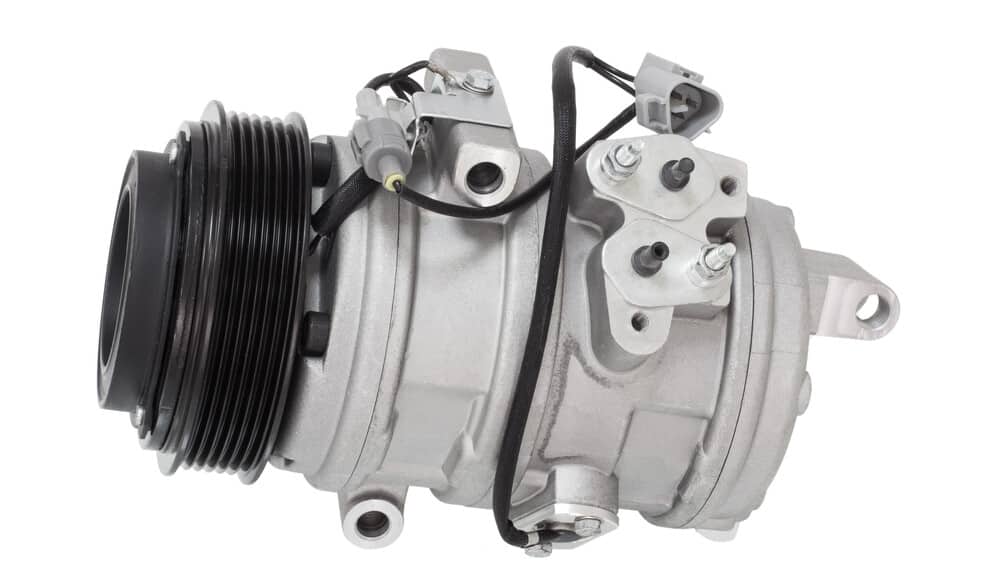
Your vehicle’s air conditioning compressor is really the beating heart of your vehicle’s A/C system. It’s basically a mini compressor that’s usually driven by your auxiliary drive belt. As your engine turns over, your auxiliary drive belt takes up power from your crankshaft and outputs this to your A/C compressor’s pulley.
Now, because not everyone runs their A/C 100% of the time they’re driving, your A/C compressor has a clutch fitted in the pulley. This clutch will engage and disengage the compressor as you switch your air conditioning on and off. So, if your A/C is switched off, the pulley on the compressor will spin without turning the internals of the compressor itself.
When cooling, the A/C compressor is designed to increase the refrigerant’s pressure and temperature within the system. By tightly packing the gas-based refrigerant molecules, it allows the heat that the refrigerant has picked up from your evaporator to be released as it reaches your vehicle’s condenser.
AC Compressor Location
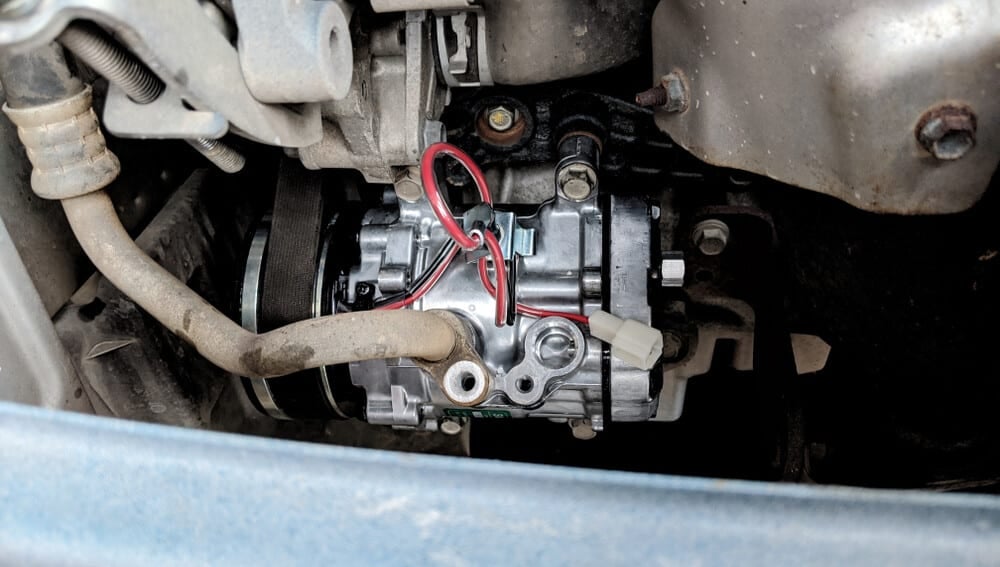
Your A/C compressor will usually be located somewhere on the auxiliary drive belt. It will have two refrigerant pipes connected to its body, and an electrical plug to provide power.
The AC compressors are usually located towards the bottom of the engine, below your alternator and power steering pump, so you may check from underneath your vehicle to see the compressor.
AC Compressor Replacement Cost
The average AC compressor replacement cost is between $400 and $1200, depending on the car model and labor cost. An AC Compressor costs $200 to $700, while labor costs $200 to $500.
The AC compressor itself is quite a complex part, and therefore it can cost a lot to buy a new one.
The labor costs are often around $100 for just the AC compressor replacement, depending on the car model.
However, after the AC compressor replacement, the AC system needs to be refilled, and this procedure usually costs $100 to $200. Before refilling the AC system, you also need to do a leak test on the system, which can take a long time and, therefore, the labor costs a lot.
Learn more: How Much Does an AC Recharge Cost?
The cost to replace your A/C compressor will vary greatly depending on how accessible it is to change, what refrigerant your vehicle uses, and what type of compressor is fitted.
Categories: Air condition
